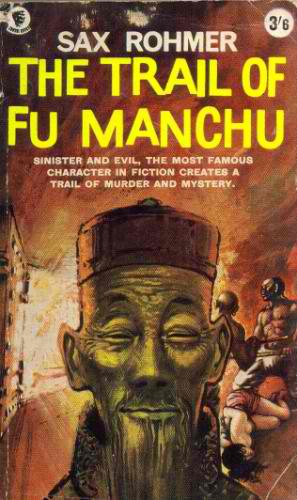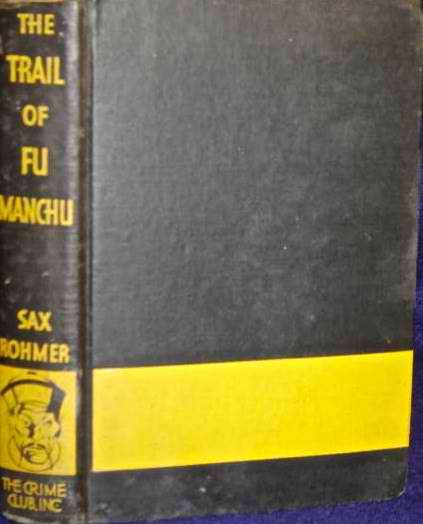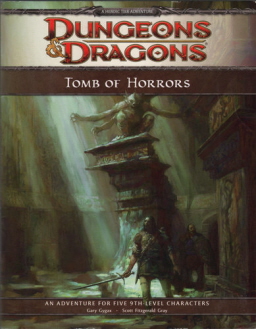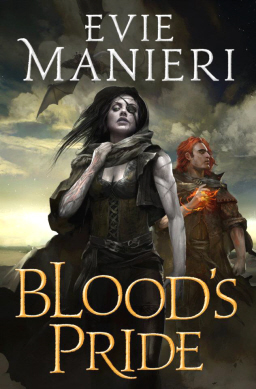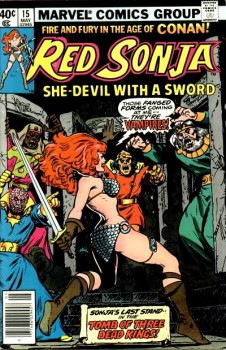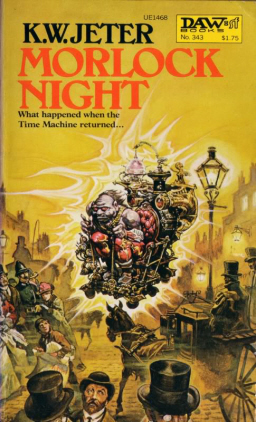 I have vivid memories of watching George Pal’s science fiction thriller The Time Machine — based on the classic novel by H.G. Wells — in a theater, even though it came out in 1960, four years before I was born. Likely I saw it in an auditorium during a Cub Scouts movie night, or something. In any event, I remember the Morlocks. Scary, scary dudes.
I have vivid memories of watching George Pal’s science fiction thriller The Time Machine — based on the classic novel by H.G. Wells — in a theater, even though it came out in 1960, four years before I was born. Likely I saw it in an auditorium during a Cub Scouts movie night, or something. In any event, I remember the Morlocks. Scary, scary dudes.
In the last ten years there’s been an explosion of sequels to classic fiction. You don’t have to look far to find examples; not with Oz the Great and Powerful playing in theaters, and shelves and shelves of Sherlock Holmes and Jane Austin sequels crowding bookstores.
Typically, however, K.W. Jeter — the man who created the word “Steampunk” — was there first, with the novel Morlock Night in 1979. Morlock Night explores what might have happened if the Time Traveler’s wonderful machine fell into the hands of the Morlocks and they used it to return to Victorian England and turn London into their new hunting ground.
Morlock Night is full of surprises, as the premise becomes the launching point for a fast-paced fantasy involving King Arthur and Merlin, Excalibur, an ancient Atlantean submarine, and the fabric of the Cosmos being torn to the ripping point by the paradoxes of time travel… standard steampunk fare by today’s standards, but that was pretty wild stuff in 1979.
In his now-famous letter to Locus in April 1987, Jeter was the first to use the word “steampunk” to describe this book, and the strange and exciting new sub-genre of retro-adventure fantasy also being written by Tim Powers and James Blaylock:
Personally, I think Victorian fantasies are going to be the next big thing, as long as we can come up with a fitting collective term… like “steampunks,” perhaps…
Morlock Knight was out of print for over three decades, until Angry Robot reprinted it in a handsome new edition in April, 2011. It was originally published in paperback by DAW in June 1979, with a vivid (and very yellow) cover by Josh Kirby, who later became renowned for his Discworld covers (click the image for a bigger version). It is 156 pages, originally priced at $1.75; the new edition is $7.99 ($6.99 for the digital version).

